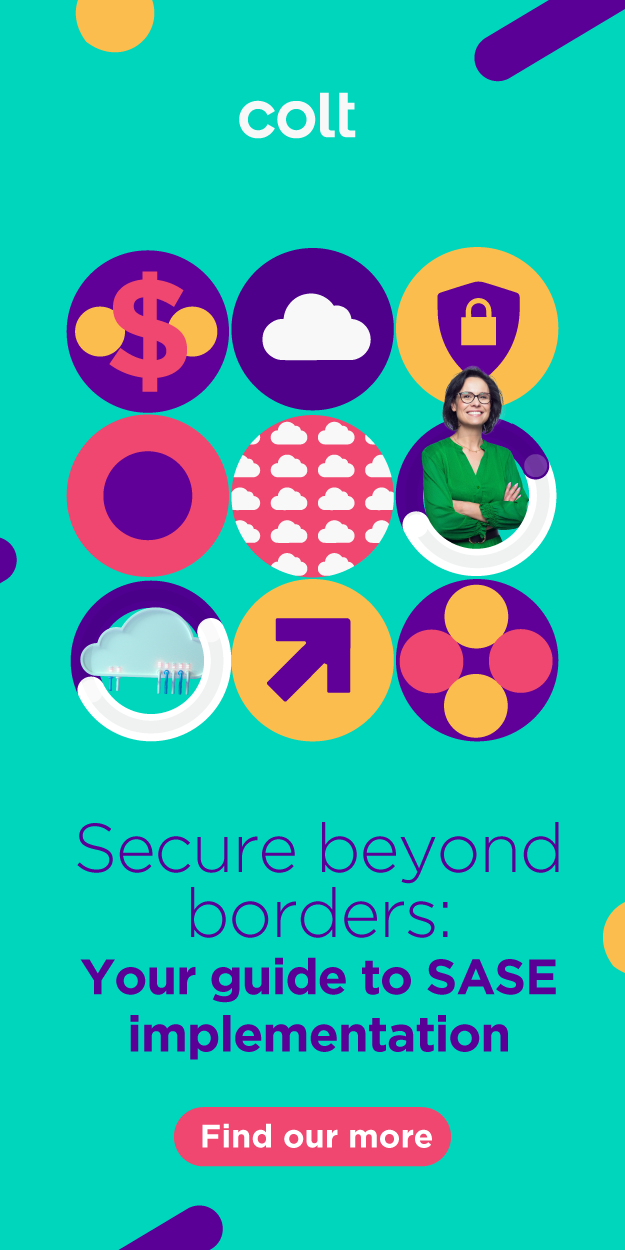When was the last time you checked for new LinkedIn connections on your mobile or logged onto your work emails on your tablet? Five minutes ago? It’s hard to be unconnected both in our professional and private lives in today’s hyper-connected world.
Social media platforms enable customers to interact with businesses at the click of a button and in a very public way, and most users looking for customer support on Twitter expect a reply from brands within a matter of minutes. There’s more pressure on SMEs to be always-available, and the way they serve their customers is put under the microscope.
It’s not just the technology that’s changed – customers’ expectations have moved up a notch too. We live in an environment where consumers increasingly expect to be able to speak to companies and receive seamless customer service, across all channels, around the clock. Many consumer-facing businesses have set up designated customer service social media accounts, monitoring and responding to comments 24/7. Some large B2B companies’ websites are equipped with an instant messaging window to enable prospects to get an immediate response to their queries.
As daunting as it might seem, rather than seeing these new channels of communication as a potential liability, businesses should embrace them to deliver exceptional customer service and build unprecedented loyalty amongst their customer base.
In an multi-channel world, which of the latest communication channels best suit SMEs to engage with their customers?
Social media
Easy to access and easy to use, social media platforms are the obvious choice for SMEs looking to connect with their customers on a regular basis. With the user base of Twitter and Facebook increasing every day, with a reported 19% rise in active users in the second quarter of 2014, you need to make sure you regularly monitor any comments and questions which might easily escalate into a barrage of criticism if not addressed in a timely fashion.
As Twitter and Facebook are purely online platforms, your customers and employees can stay connected regardless of their location, and access each platform via a multitude of devices. On the flipside, given that it’s so easy (and free) for people to use these platforms, you need to ensure that your customer service team is able to deal with a potential of deluge of queries.
Messaging platforms
Traditionally, many businesses relied on website contact forms, call centres or email to stay in touch with their customers. These methods are fairly one sided, but both social media and instant messaging help level out the playing field and bring customers closer to your business. Using messaging tools such as WhatsApp and Skype help keep any messages private, and means you can type more than 140 characters which Twitter limits you to.
That’s not all however…
It’s not just the methods of customer interaction that need to evolve – SMEs need to ensure that their whole technology infrastructure is able to cope with their customers’ increasing expectations for communication and support.
The network infrastructure where customer data and CRM applications live, is the critical foundation on which any omni-channel customer service strategy is built. Key questions for businesses therefore include: Where is data on your customers stored? Is it in the cloud or on servers on-premise? How can employees access customer data and CRM applications? Via the LAN or WAN? Are your CRM systems protected against disruption?
Any downtime across your IT infrastructure will be damaging to the relationship you have built with your customers if you can’t respond immediately. This will have a direct impact on your bottom line. That’s why you need to ensure that you are able to keep your business running and customer service channels open, no matter what.
So, which channels and platforms do you use to stay in touch with your customers?
What's your goal today?
1. Are you on the Colt IQ network?
Our network connects over 31,000 buildings worldwide powering companies such as Hitachi, Atos, Forbes, Arthur D Little, Brussels Airlines and thousands of others. Find out if you're Colt connected now.
2. Learn about digital infrastructure
We've written thousands of guides and white papers, regularly publish content on our blog and host regular events on everything from enterprise network connectivity, to cloud, digital transformation and the hybrid workforce.
3. Join our team
To learn more about joining our team of over 5000 people around the world, and to browse our current open roles visit https://careers.colt.net/.

